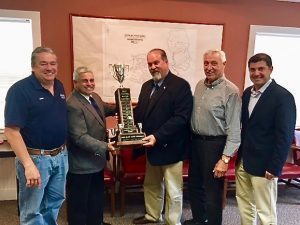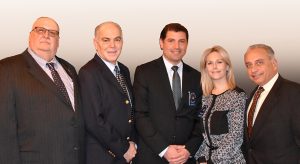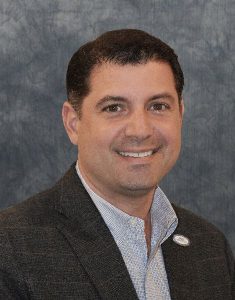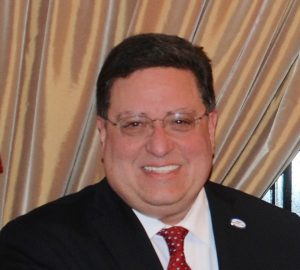Nassau Suffolk Water Commissioners’ Association (NSWCA Honors Former President Vincent Abbatiello
Franklin Square, NY, USA……………………….At a recent meeting of the Nassau Suffolk Water Commissioners’ Association (NSWCA) sponsored by Westbury Water District Commissioners Barry V. Green, William C. Olsen and Rodney Caines, honored former NSWCA President Vincent Abbatiello.
Mr. Abbatiello, currently a Westbury Village Trustee and Commissioner of Claims, received the honorary award in recognition of his term as President of the NSWCA. During his tenure, Mr. Abbatiello directed NSWCA positions on water conservation and sustainability and supervised educational speaking sessions with luminaries such as New York State Comptroller Thomas DiNapoli and Garden City Park Water District Superintendent Michael Levy on a pilot program to remove 1,4 dioxane, as well as the sponsorship of NSWCA’s Nicholas Bartilucci Manhattan College scholarship to a deserving student.

Left to right: NSWCA President Michael F. Rich III; former NSWCA President Vin Abbatiello; NSWCA Secretary and Plainview WD Commissioner Amanda Field; NSWCA First Vice President and Hicksville Water Commissioner Bill Schuckmann; NSWCA Second Vice President Kenneth P. Wenthen Jr.
NSWCA President and Commissioner Oyster Bay Water District, Michael F. Rich III commented, “We are grateful to former Commissioner Vincent Abbatiello for all his efforts on behalf of this organization and to the 600,000 people we represent. His vision has helped ensure the purity of our water and the continued compliance with all federal, local and New York State laws and regulations.”
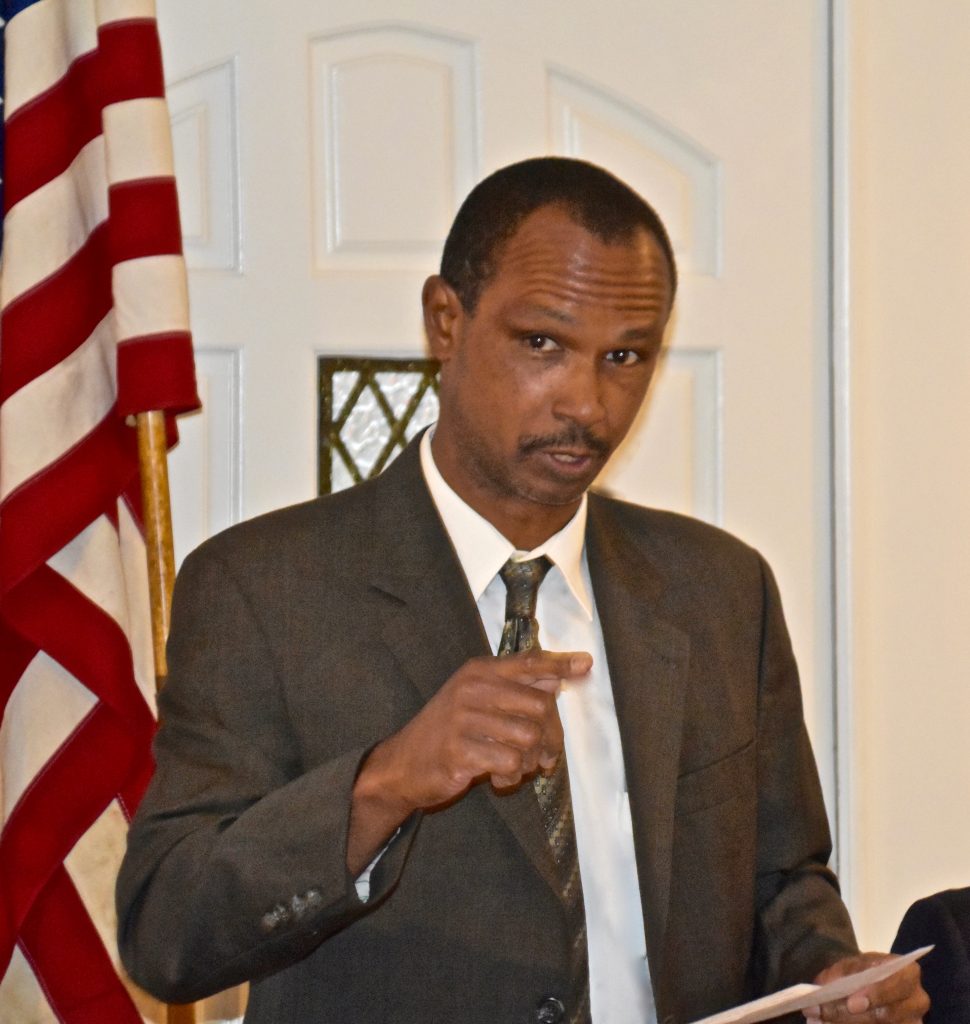
Westbury Commissioner Barry V. Green (above) addressed the group providing details on the Westbury Water District which was formed in 1911. Commissioner Green discussed the infrastructure necessary to provide water to a population of 40,000, including 10 wells, 785 fire hydrants and 92 miles of distribution water mains.


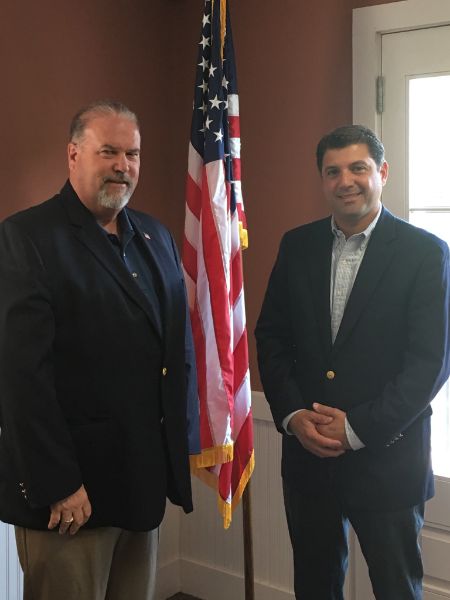

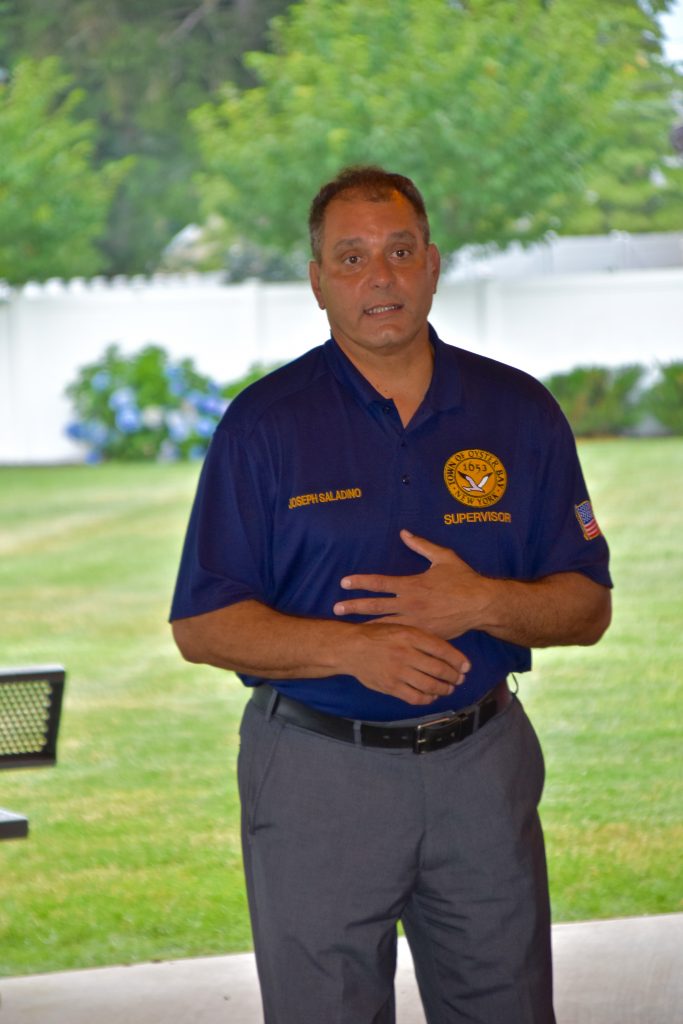
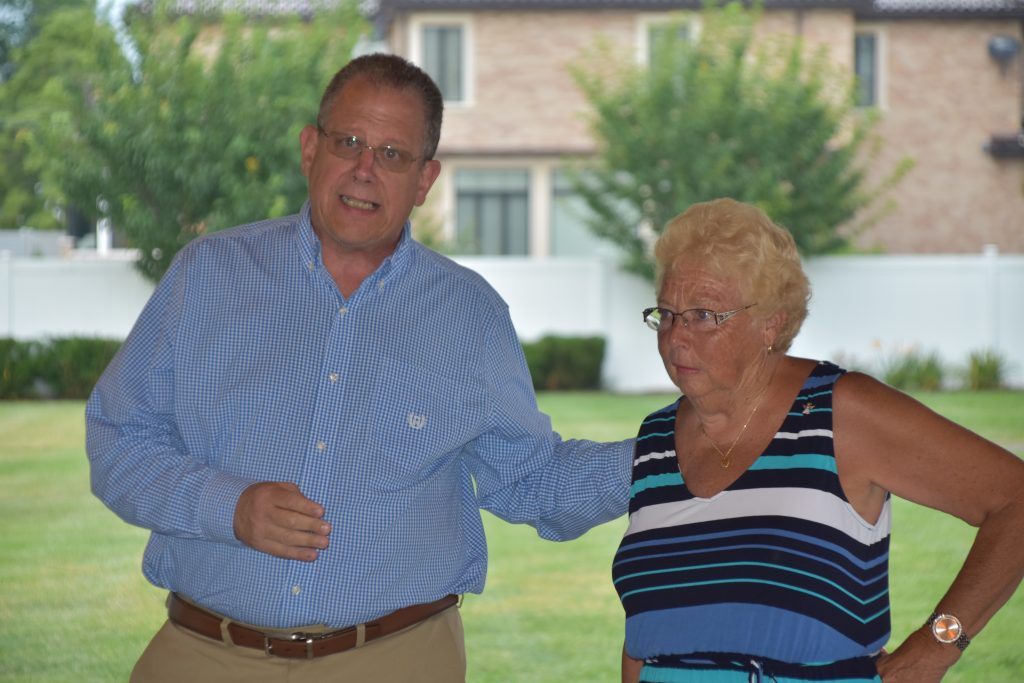
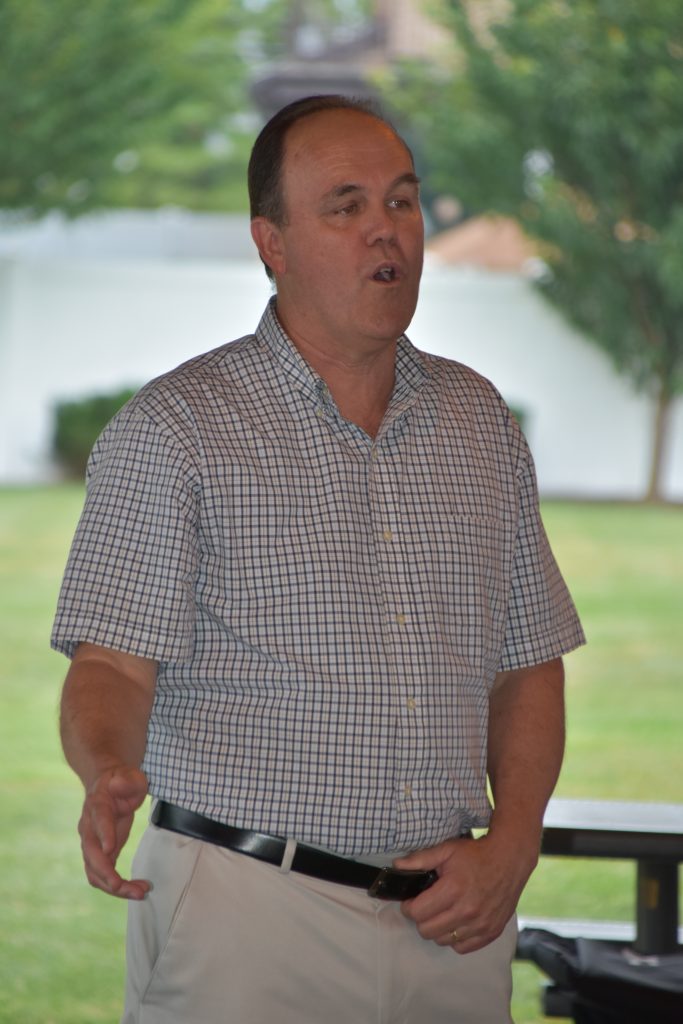


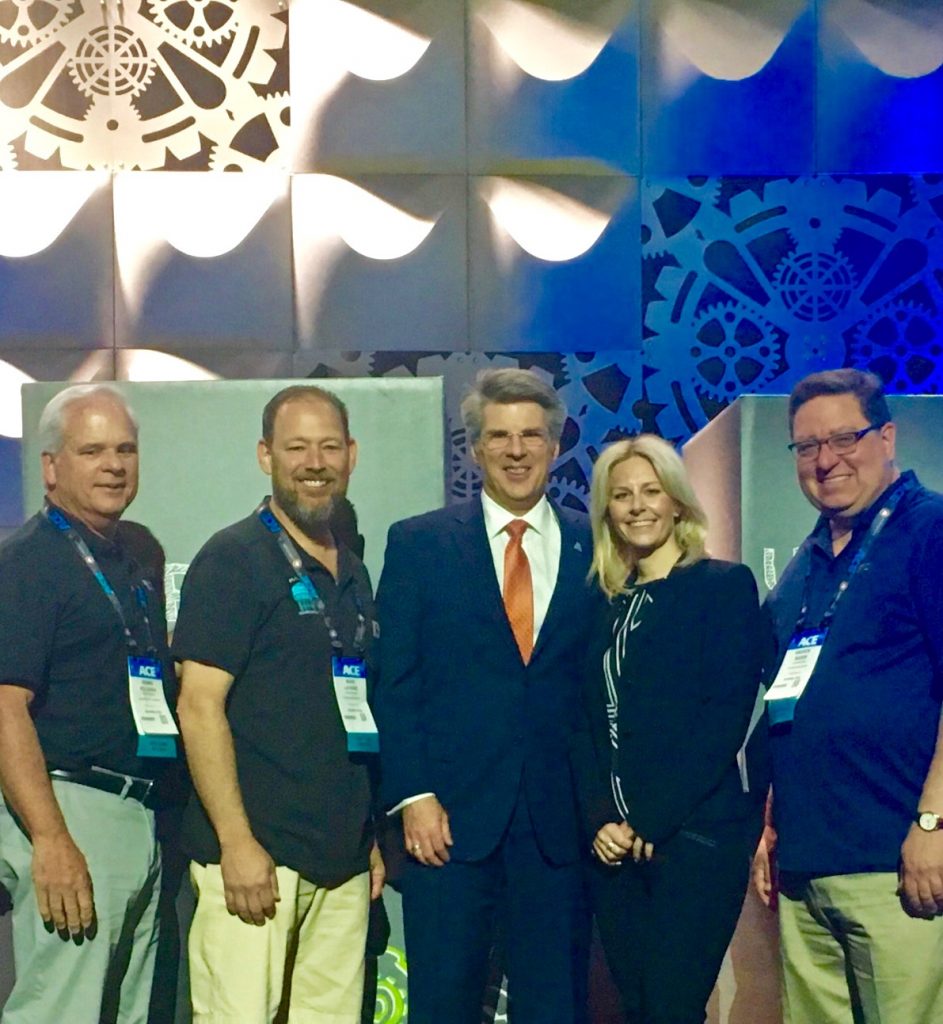
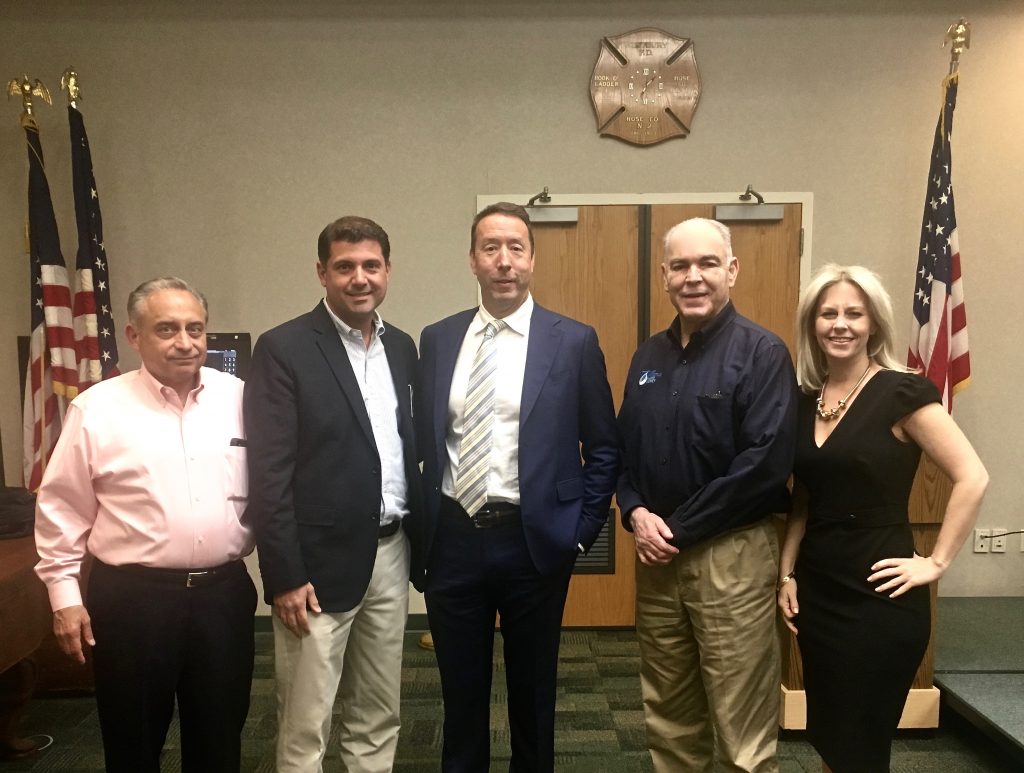
 To all the brave men and women who changed the world that day, who opened the gate in the heroic fight against fascism and the inconceivable evils of the Third Reich, we and future generations salute you, and neither we, nor the world, will ever forget.
To all the brave men and women who changed the world that day, who opened the gate in the heroic fight against fascism and the inconceivable evils of the Third Reich, we and future generations salute you, and neither we, nor the world, will ever forget.